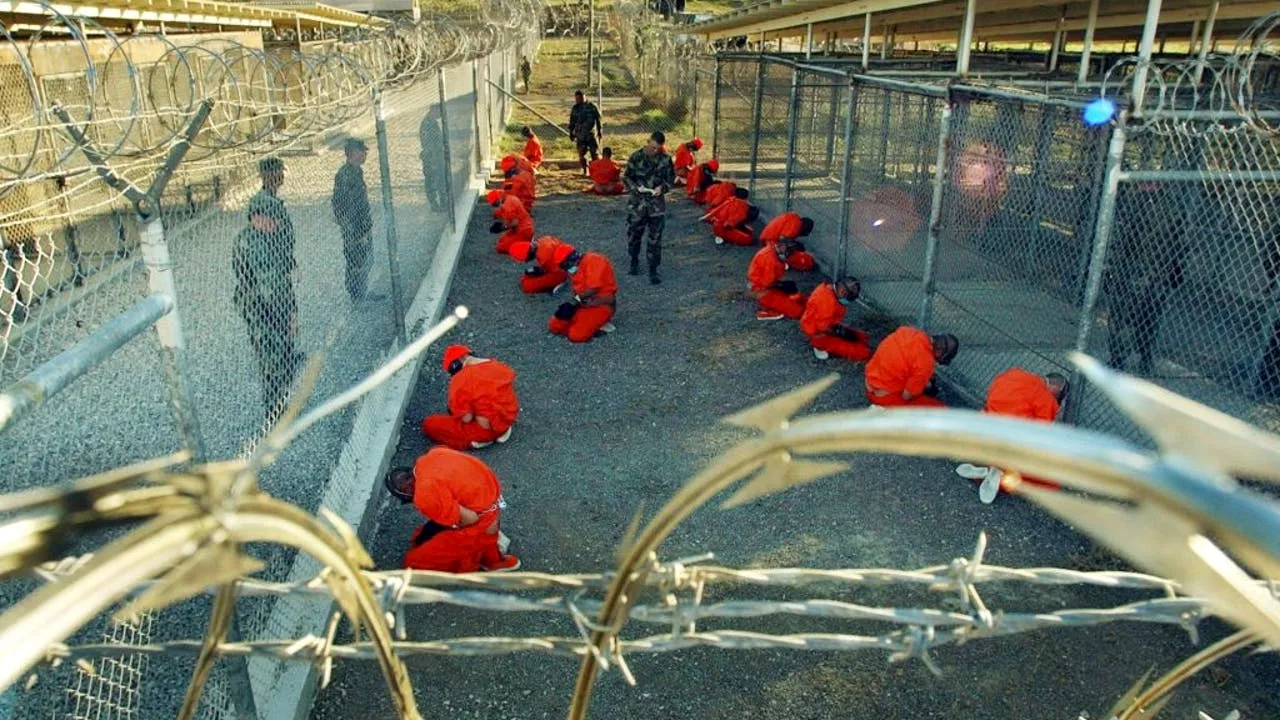President Trump announces plans to repurpose Guantánamo Bay as a detention center for up to 30,000 migrants, aligning with the recently signed Laken Riley Act which mandates detention of unauthorized immigrants accused of certain crimes. This controversial decision raises concerns about due process, human rights, and the implications of treating immigration enforcement through a national security lens.
President Donald Trump has announced plans to open a detention center at Guantánamo Bay , Cuba, to house up to 30,000 migrants living illegally in the United States. This move aligns with the recent signing of the Laken Riley Act , which mandates the detention of unauthorized immigrants accused of theft and violent crimes. \In the past, Guantánamo Bay has been used by the U.S.
government since 2002 to detain suspects linked to terrorist organizations like the Taliban, al-Qaeda, and other militant groups. The detention camp, located on a U.S. naval base in Cuba, was established to hold individuals captured during the War on Terror, often without trial or due process. While some detainees have been released or transferred, the facility remains controversial for its use of indefinite detention and allegations of human rights abuses. \The Laken Riley Act—named after a 22-year-old Georgia nursing student killed by an undocumented Venezuelan immigrant—marks Trump’s first signed legislation since returning to office. The law mandates the detention of undocumented individuals arrested for crimes such as theft, assaulting law enforcement, or causing injury or death. It also allows state attorneys general to sue the federal government over immigration enforcement decisions, giving states greater influence over deportation policies. \Critics argue that the law could lead to mass detentions, disproportionately targeting noncitizens for minor offenses. Immigrant rights groups have warned of costly expansions of immigration detention facilities and potential violations of due process rights. Trump’s decision to use Guantánamo Bay for migrant detention is unprecedented. Since its establishment in 2002, the facility has primarily housed terrorism suspects, many held without trial. The use of the base for migrants raises questions about legal protection, conditions of confinement, and the broader implications of treating immigration enforcement through a national security lens. \Historically, Guantánamo Bay has been a focal point of international scrutiny. Former President Barack Obama attempted to close the facility, citing human rights concerns, but congressional opposition prevented its full shutdown. The Trump administration’s plan to repurpose it for mass migrant detentions further complicates the debate over its future. Trump has promised the 'largest deportation effort in U.S. history,' and the use of Guantánamo Bay signals a shift toward more aggressive enforcement. The administration has already moved to reinstate policies aimed at expediting deportations, restricting asylum claims, and cracking down on so-called sanctuary cities. \Legal challenges are likely. Civil rights groups have indicated they may challenge both the Laken Riley Act and the use of Guantánamo Bay for immigration detention, arguing they could lead to unlawful detentions and human rights violations. Meanwhile, the logistics of housing up to 30,000 migrants at a naval base will require significant resources. Immigration authorities have not disclosed a timeline for transferring detainees, but the move is expected to escalate political battles over immigration policy
Guantánamo Bay Migrant Detention Donald Trump Laken Riley Act Immigration Policy Human Rights National Security
United States Latest News, United States Headlines
Similar News:You can also read news stories similar to this one that we have collected from other news sources.
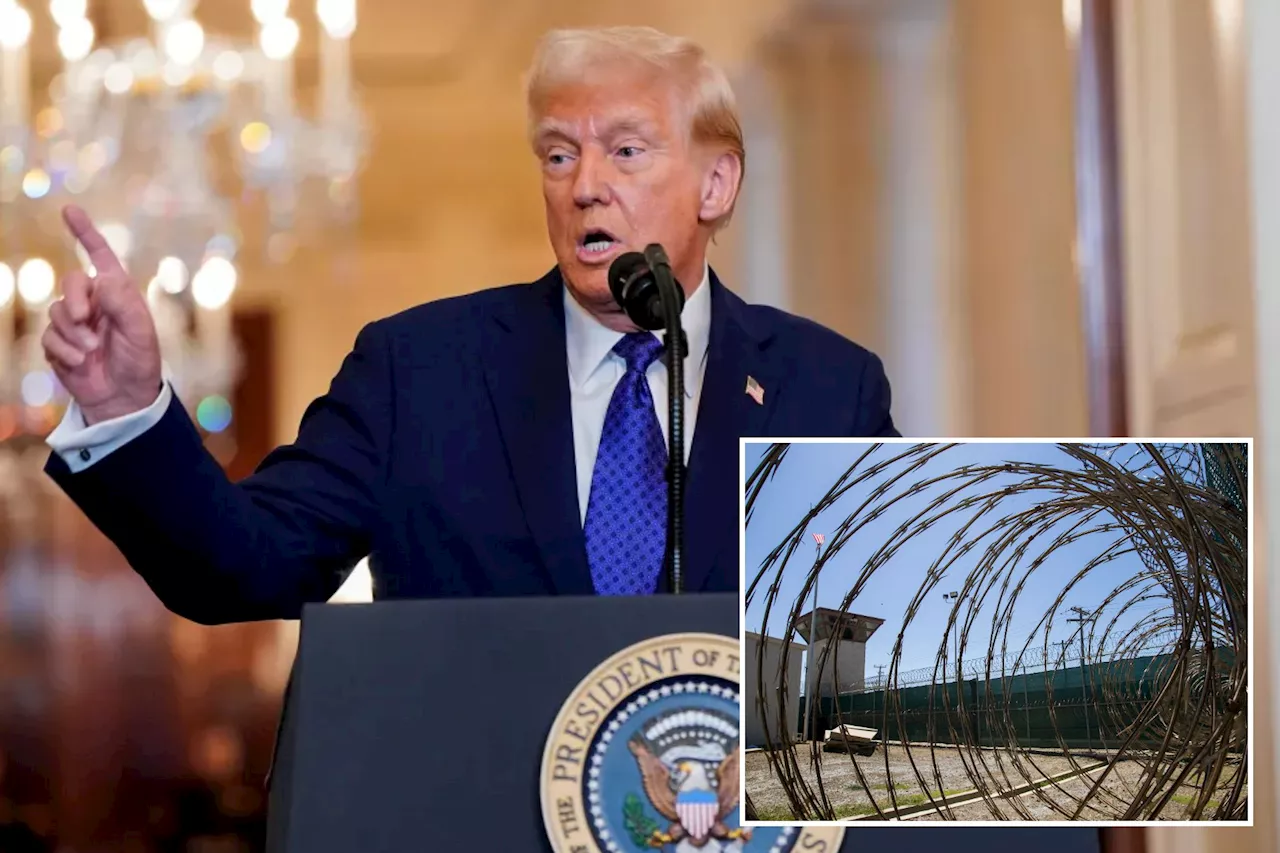 Trump Says He Will Send Up to 30,000 Illegal Immigrants to Guantanamo BayPresident Trump announced his plan to utilize Guantanamo Bay detention facilities for up to 30,000 illegal immigrants accused of crimes, doubling the country's detention capacity. He stated that these individuals pose a significant threat to American safety and are too dangerous to be held by other nations.
Trump Says He Will Send Up to 30,000 Illegal Immigrants to Guantanamo BayPresident Trump announced his plan to utilize Guantanamo Bay detention facilities for up to 30,000 illegal immigrants accused of crimes, doubling the country's detention capacity. He stated that these individuals pose a significant threat to American safety and are too dangerous to be held by other nations.
Read more »
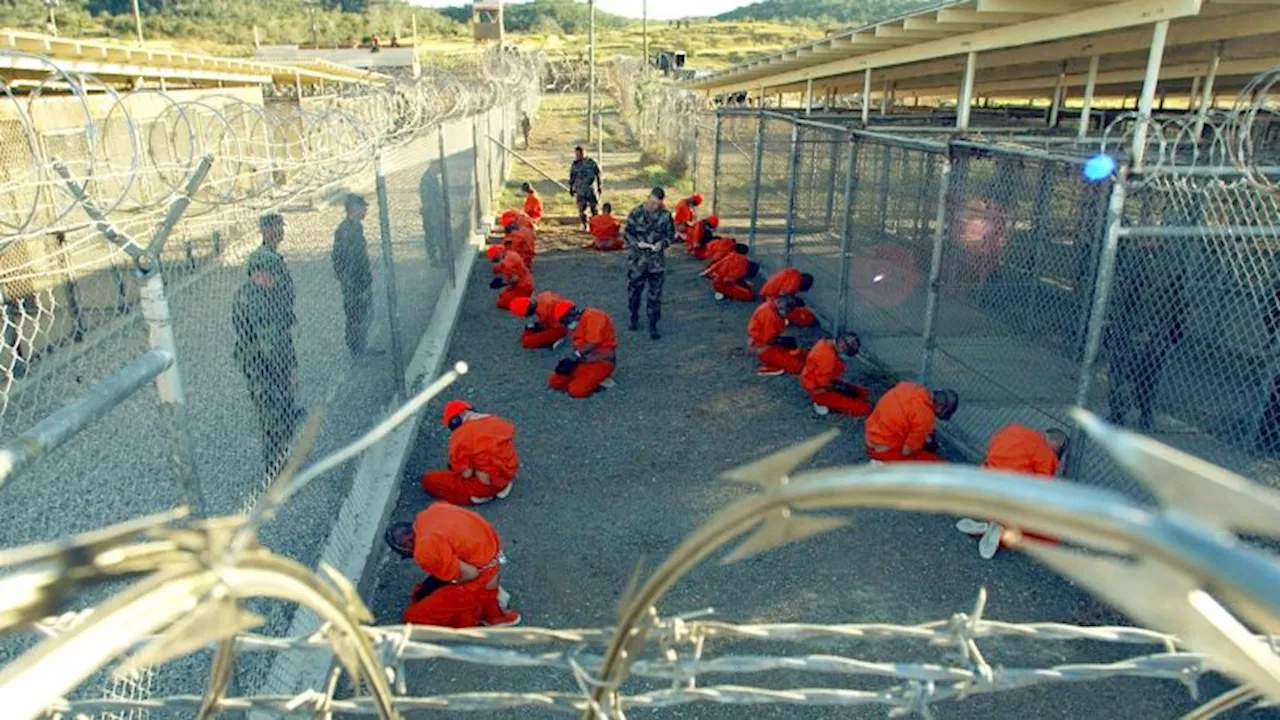 US Repatriates Detainee from Guantanamo Bay to TunisiaRidah Bin Saleh al-Yazidi, cleared for transfer since 2007, returns to Tunisia after over 22 years at the facility. This is the fourth transfer this month.
US Repatriates Detainee from Guantanamo Bay to TunisiaRidah Bin Saleh al-Yazidi, cleared for transfer since 2007, returns to Tunisia after over 22 years at the facility. This is the fourth transfer this month.
Read more »
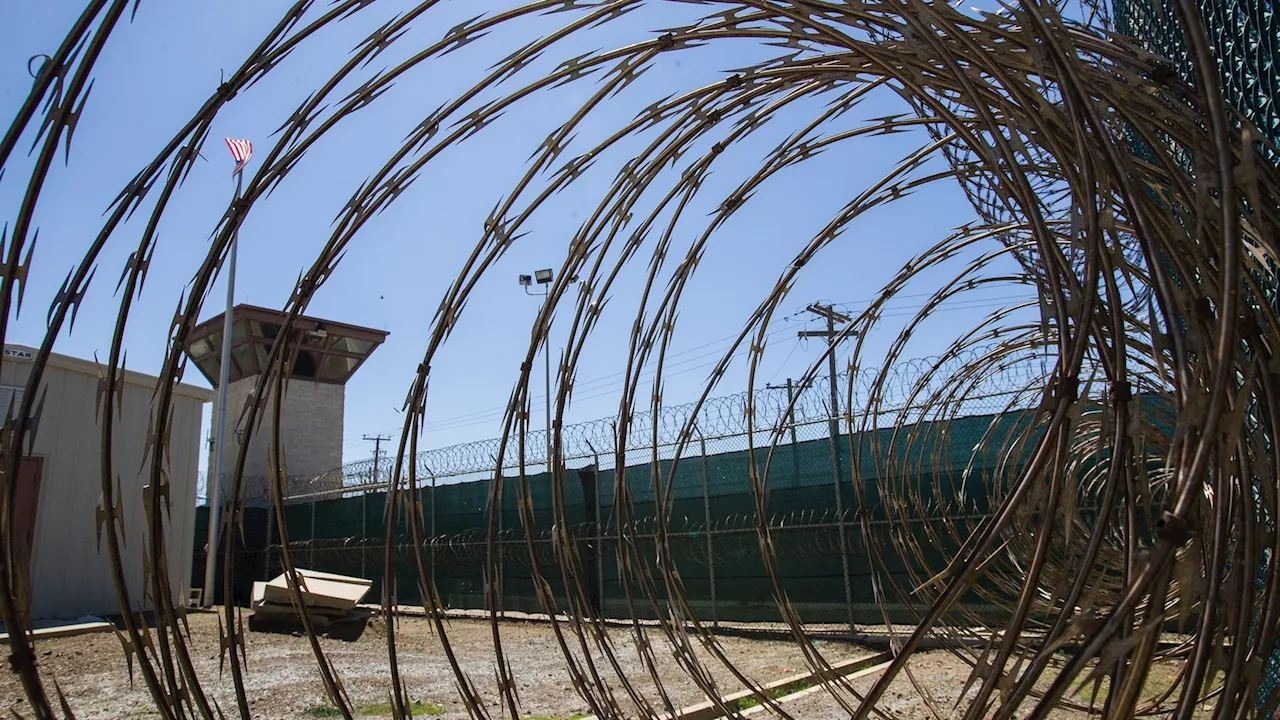 Guantanamo Bay Detainee Repatriated to TunisiaRidah Bin Saleh al-Yazidi, a long-time detainee at Guantanamo Bay, was repatriated to Tunisia. This move leaves 26 detainees at the facility as the Biden administration continues to reduce the population.
Guantanamo Bay Detainee Repatriated to TunisiaRidah Bin Saleh al-Yazidi, a long-time detainee at Guantanamo Bay, was repatriated to Tunisia. This move leaves 26 detainees at the facility as the Biden administration continues to reduce the population.
Read more »
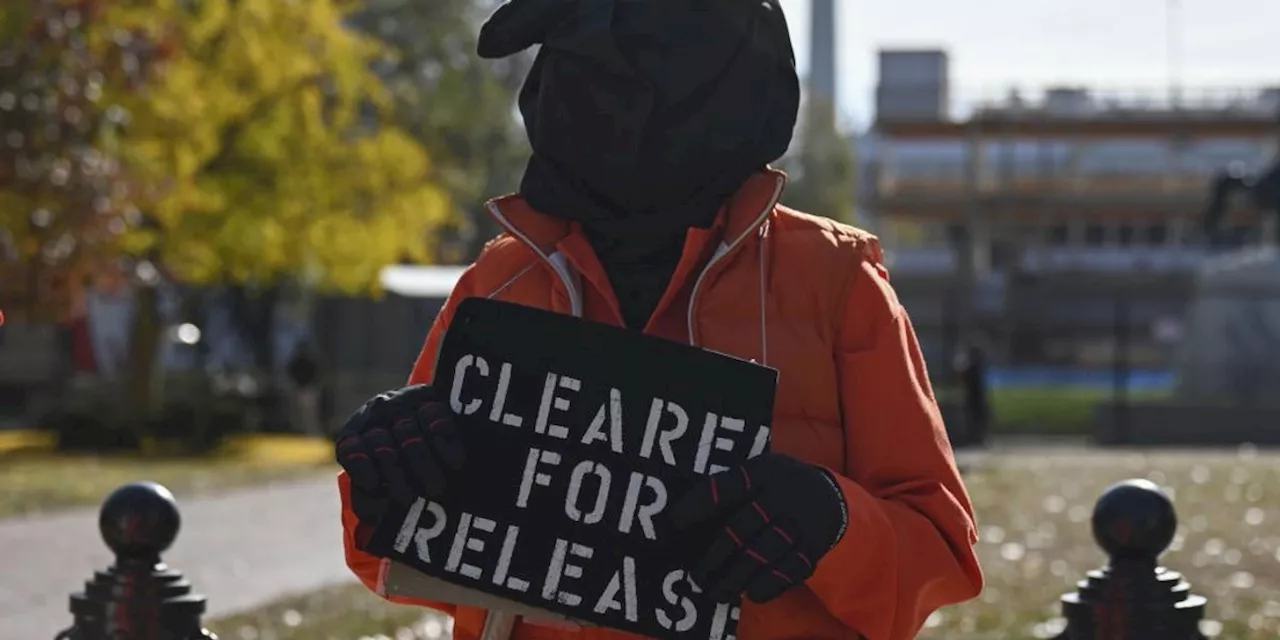 Tunisian Detainee Released From Guantánamo Bay After Over A DecadeAfter over a decade, Ridah bin Saleh al-Yazidi, a Tunisian man never charged with a crime, was released from Guantánamo Bay. With this release, 26 detainees remain, most approved for release but held indefinitely.
Tunisian Detainee Released From Guantánamo Bay After Over A DecadeAfter over a decade, Ridah bin Saleh al-Yazidi, a Tunisian man never charged with a crime, was released from Guantánamo Bay. With this release, 26 detainees remain, most approved for release but held indefinitely.
Read more »
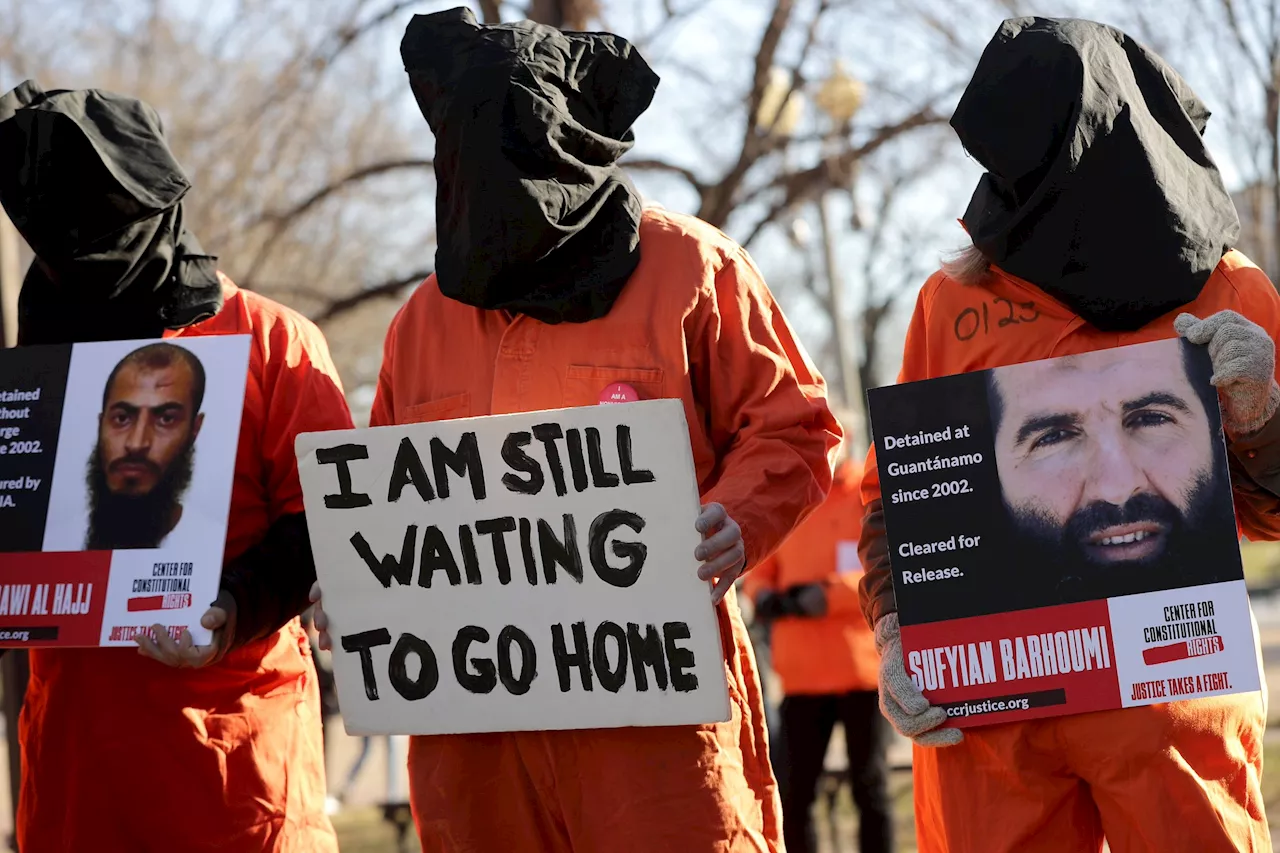 Guantanamo Bay Detainee Transferred After Over a Decade Awaiting ReleaseThe Biden administration transferred a Tunisian man, Ridah bin Saleh al-Yazidi, from Guantanamo Bay military prison in Cuba after more than a decade of being approved for release. Al-Yazidi had been held at Guantanamo since its opening in 2002 and is the fourth detainee transferred by the Biden administration in recent weeks. Advocacy groups continue to urge the closure of the prison and the release of the remaining detainees who have never been charged with a crime.
Guantanamo Bay Detainee Transferred After Over a Decade Awaiting ReleaseThe Biden administration transferred a Tunisian man, Ridah bin Saleh al-Yazidi, from Guantanamo Bay military prison in Cuba after more than a decade of being approved for release. Al-Yazidi had been held at Guantanamo since its opening in 2002 and is the fourth detainee transferred by the Biden administration in recent weeks. Advocacy groups continue to urge the closure of the prison and the release of the remaining detainees who have never been charged with a crime.
Read more »
 Biden Administration Transfers 11 Detainees from Guantánamo Bay to OmanThe Biden administration made a significant move to reduce the number of detainees at Guantánamo Bay by transferring 11 Yemeni prisoners to Oman. These detainees had been held for over two decades without charges.
Biden Administration Transfers 11 Detainees from Guantánamo Bay to OmanThe Biden administration made a significant move to reduce the number of detainees at Guantánamo Bay by transferring 11 Yemeni prisoners to Oman. These detainees had been held for over two decades without charges.
Read more »
